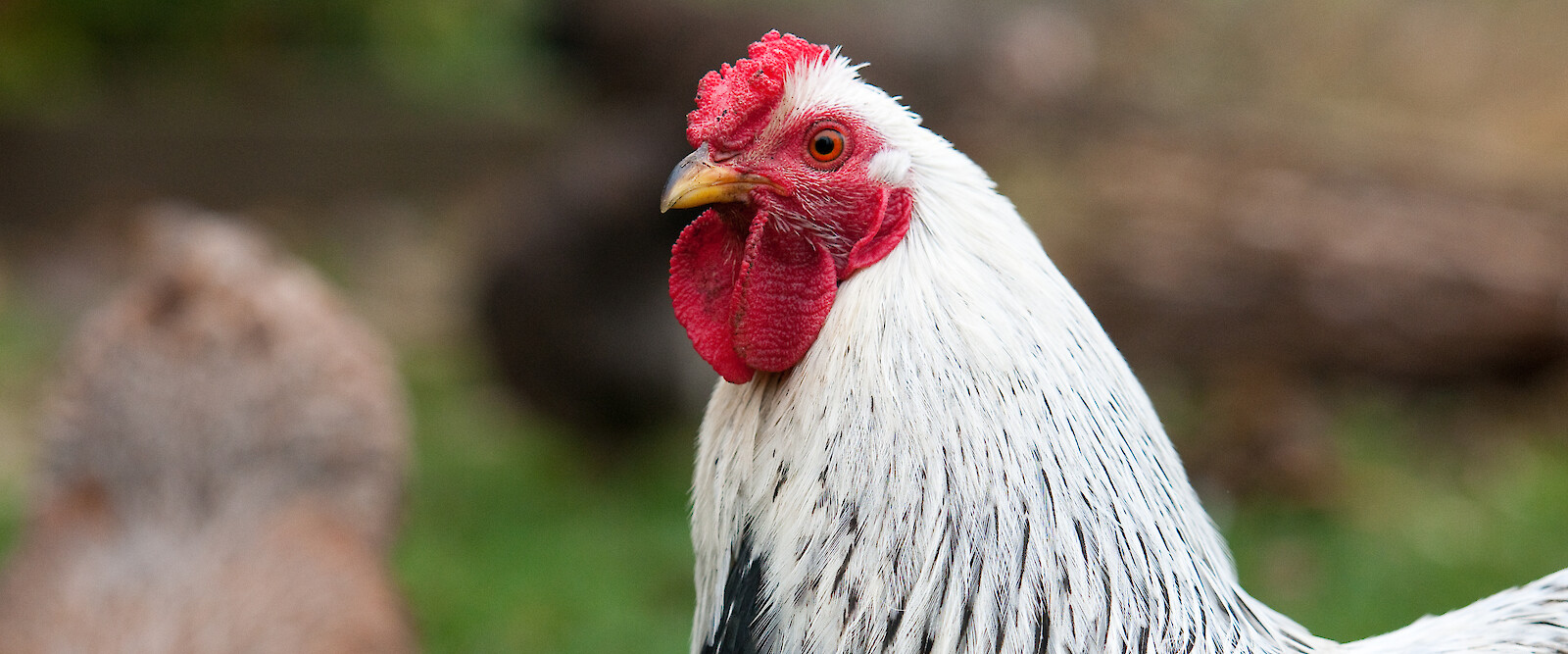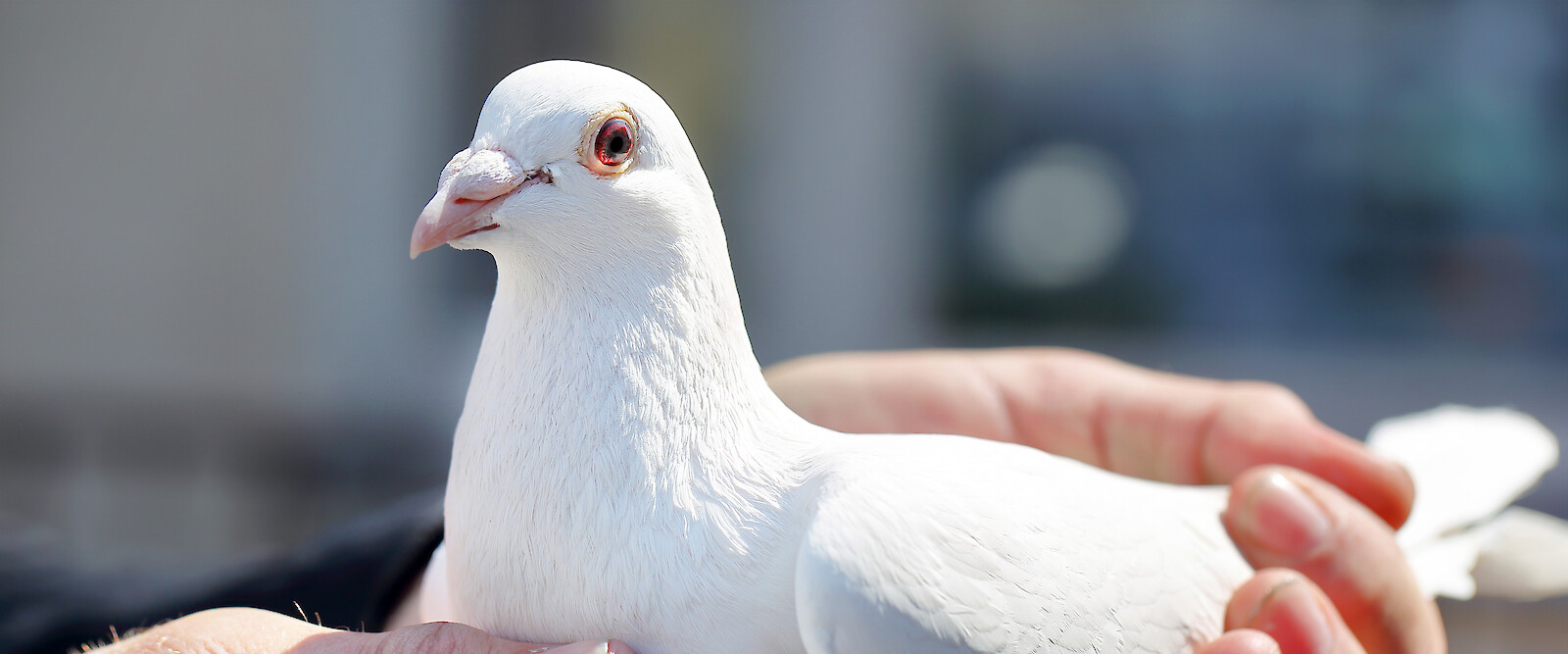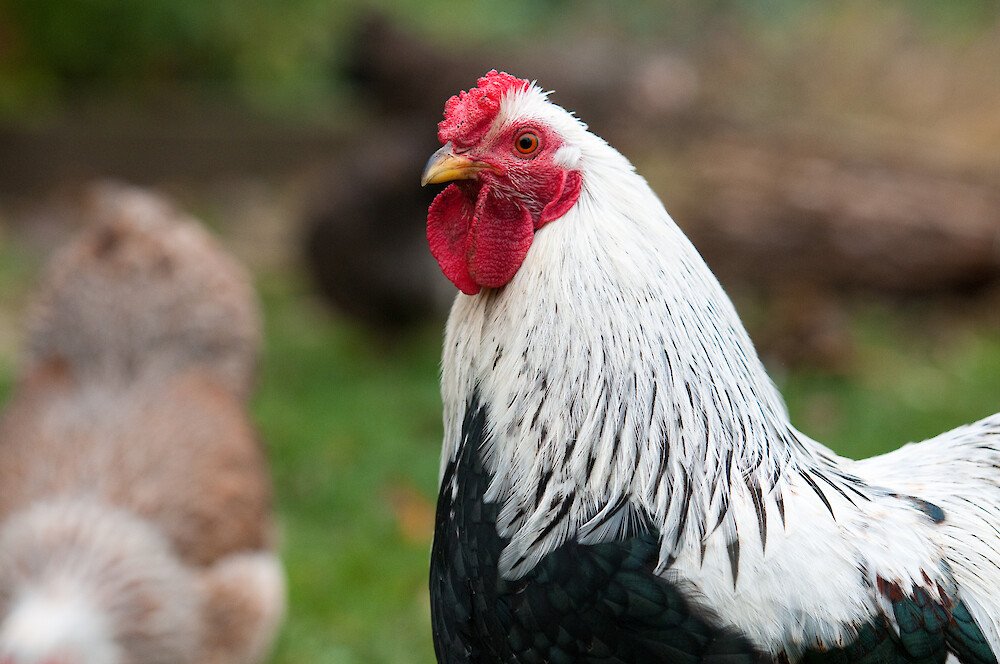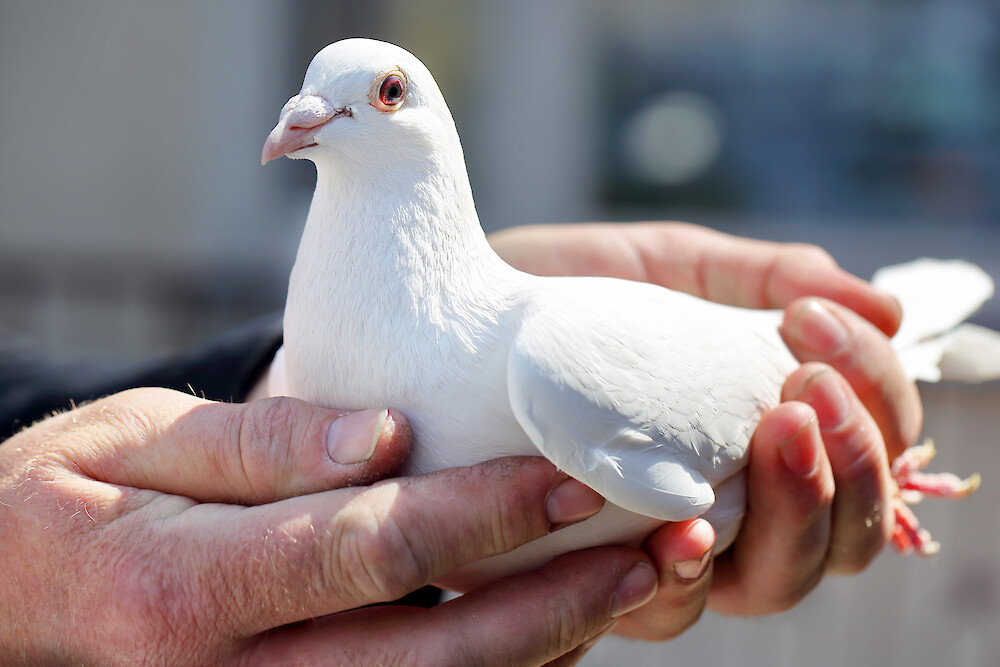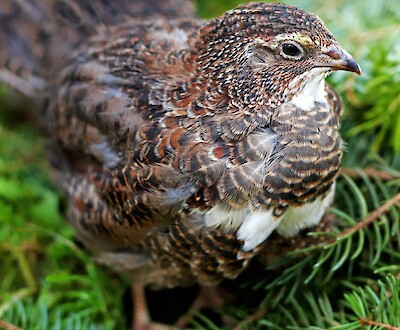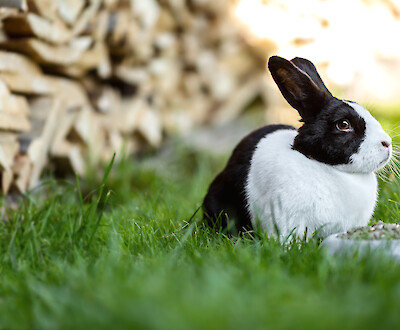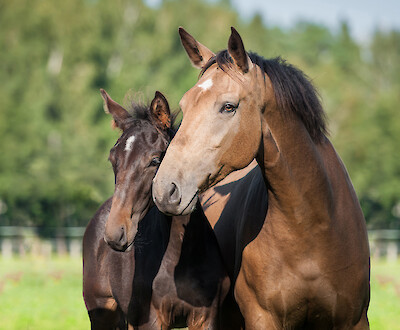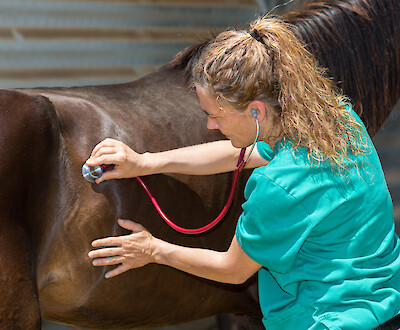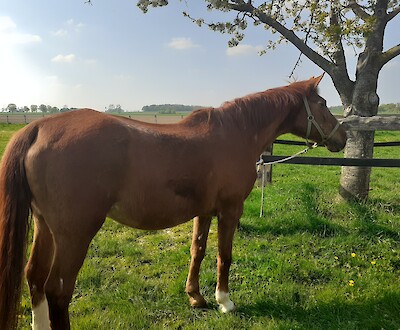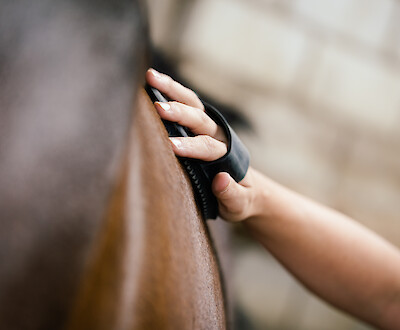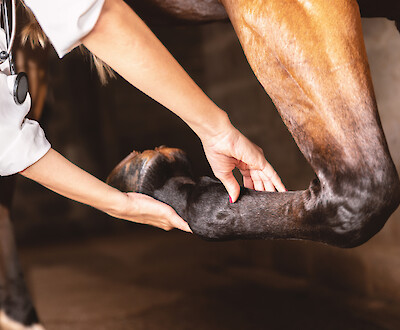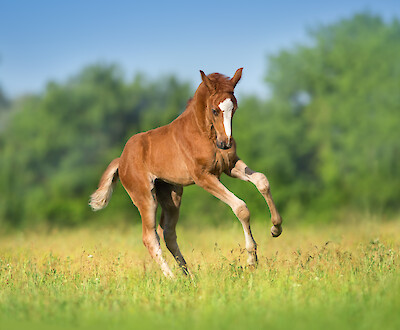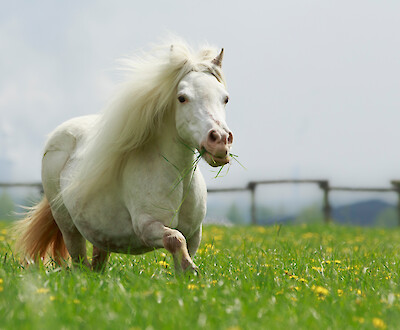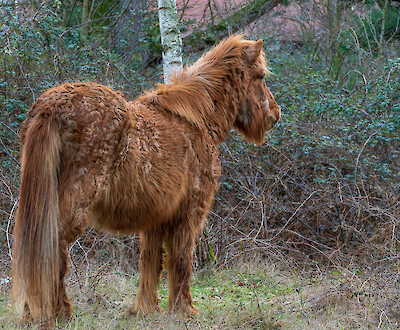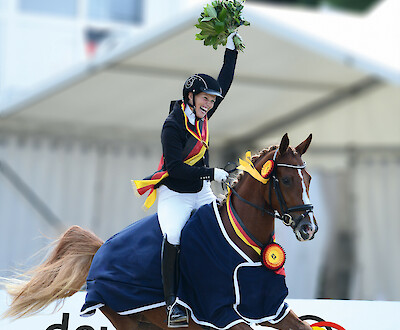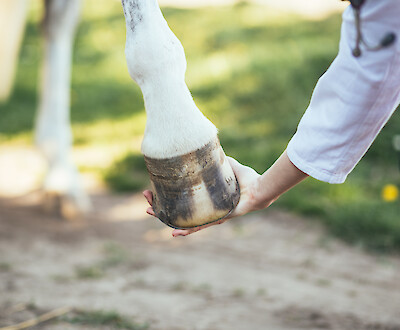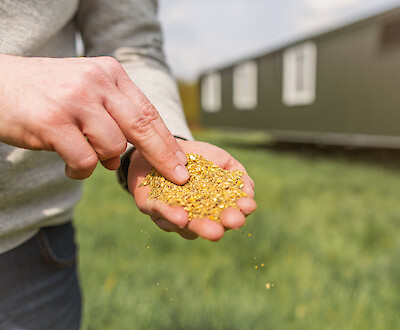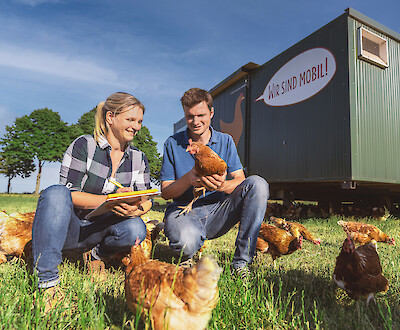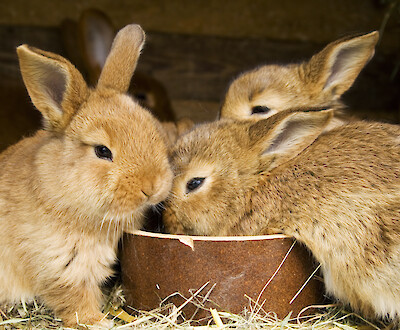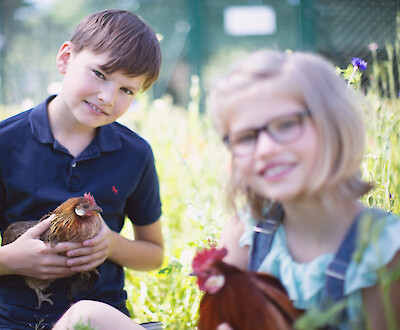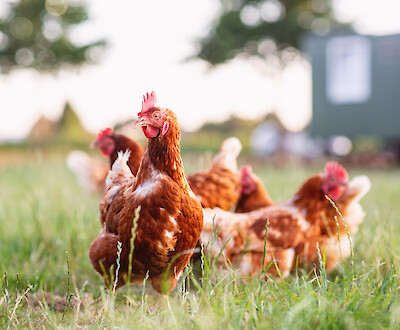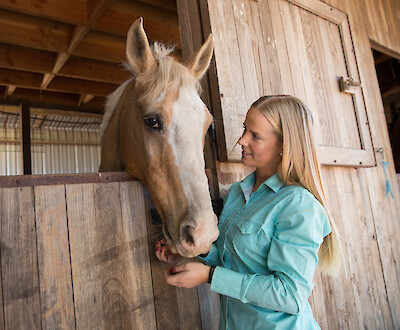How the right feed makes pigeons and poultry shine at shows
What does feeding do for show preparation?
During the show season, breeders of pedigree pigeons and poultry face recurring questions: "Which shows do I attend? How do I prepare my birds optimally for the show? How do I improve the evaluation by the judges?" In addition to the selection of the most promising birds, plumage care and training in proper husbandry, there is a particular focus on appropriate feeding. If you want to score points with your poultry and pigeons at shows, you have to think about the targeted show feeding months in advance.
Breeding poultry and pigeons according to breed standards is more than a hobby for many breeders. It is passion, lifeblood and a large portion of passion. At the annual poultry shows, the wheat is separated from the chaff. This is where you can see who knows best how to optimally develop the talents of their birds. Show preparation begins months before the actual event - and the right feeding is a crucial part of this.
Breed poultry standards: What distinguishes the ideal type
The poultry standards of the German Breed Poultry Association (Bundes Deutscher Rassegeflügel, BDRG) define the breed-typical characteristics. The ideal type is characterized by various "internal" and "external characteristics". The "external characteristics" include, for example, the posture of the birds, their body shape, their stance, the colorfulness and patterning of the plumage, and the expression of the comb. But "internal characteristics" are also relevant. These include, for example, the fertilization and hatchability of the offspring, the breeding instinct of the feathered fowl, the laying performance of the hens and generally the character of the breed.
Show preparation: This is what the right feeding achieves
Correct feeding is of great importance for the development of both external and internal breed-typical characteristics. This requires a balanced and species-appropriate supply of nutrients. A balanced diet with a wide variety of nutritive components plays a key role in show preparation. Breed-appropriate feeding can achieve several goals at the same time:
- Optimization of proportions and exemplary husbandry
Proper feeding contributes to balanced muscle growth according to breed-specific characteristics. Exactly dosed, the right puff feed can prevent fattening and reduce existing overweight. In this way, the typical muscle development of the breed is shown to its best advantage. - Beautiful and shiny plumage
The plumage with its breed-specific coloration relentlessly reflects the nutrient supply of the animals. Only the feathers of optimally nourished birds shine in all their glory during the show. - Good health and vitality
Balanced feeding has a beneficial effect on the digestive tract and thus on the gastrointestinal health of pedigree poultry and pigeons. Optimally fed animals have a strong immune system and are less susceptible to disease. The vitality of the animals therefore always allows a conclusion to be drawn about the quality of the feed. - Breed-typical laying performance and fertility
Mineral and nutrient supply has a direct influence on fertility and thus ultimately on the laying performance of the animals. A deficiency reduces the number of eggs and can promote irregularities in ovulation.
Feeding correctly during show preparation? This is how it works!
Feeding with precisely matched special feeds shows its strengths especially in show preparation. The high protein and energy content supports the development of breed-typical characteristics and thus unfolds the full potential of the animals. In particular, a plus in building materials such as proteins, methionine and phosphorus, completely covers the needs in the show preparation.
If you want to do particularly well at the show, you can show off the plumage to its best advantage by choosing the right feed. It is essential that breeders keep an eye on the protein content of the feed during show preparation. The right amount is essential for the development of plumage. A protein content of about 20% is recommended for show preparation. Too much variation can have a negative effect on growth and desired development of plumage. When feeding protein-rich supplements (e.g., shrimp, dry milk powder, etc.), stretch the feed overall with grain meal to maintain the desired average protein level.
However, not only the protein content, but the -quality plays a major role. Especially the amino acid pattern is important. For example, limiting amino acids (e.g. methionine and cysteine) significantly influence the appearance of the plumage. A sufficient supply causes the formation of a splendid plumage. This makes brewer's yeast an optimal nutritional supplement. In addition to methionine and cysteine (~13.1 g/kg brewer's yeast), the by-product from the brewery also contains biotin. Biotin is a coenzyme that is also associated with attractive feathering. A deficiency of this substance, also known as vitamin B7, can damage skin, hair and even feathers and delay growth.
Symmetrical bone formation with breed-specific characteristics is another aspect that breeders can directly influence through feeding. To achieve this, the animals' magnesium requirements must be met. As an important bone component, it is crucial for sufficient bone density and thus the stability of the skeleton. At the same time, an adequate supply of the bulk element promotes muscular resilience in show animals. A deficiency can have a negative effect on the nutrient utilization of the animals. The same applies to manganese. Administered via the feed, it supports bone growth and muscle function in pigeons and poultry. If the animals receive too little, a disturbance of bone growth - also known as heel disease perosis - is a possible consequence.
Show feeding already starts with young animals
Show preparation begins months before the actual show date. It takes more than a few days for the nutritive building blocks to take effect, feathers and muscles to grow and the ideal weight to be balanced. Breeders set the first course for a successful show career with the correct feeding of young animals. Breed-typical characteristics develop especially in the rapid growth phase during rearing. Deficiencies in supply during this phase of life are difficult to compensate for or make up for later. Appropriate show preparation feeds for pedigree poultry and pigeons are therefore already suitable for chick rearing from the 6th week of life.
It's worth it: special feeds for show preparation
Special show feeds are available for this purpose (e.g. deuka all-mash Schau). These complete feeds are tailored to the special needs of breed poultry during show preparation. Show feeds have a balanced ratio of energy, protein, methionine and calcium as well as phosphorus, which is oriented towards the needs of show animals. Designed as a complete feed, you can thus fully ensure the supply of your pigeons and poultry.
At the same time, deuka all-mash Schau is not only a show preparation feed for chickens. It is also suitable for supplying other types of breed poultry such as ducks or geese. Pigeons can also benefit from this feed during show preparation. For the correct dosage, please contact your responsible field service advisor, your country dealers or write us an e-mail.
Show feeding is important - but not everything
Proper feeding is important, but there is more to optimal show preparation. The following points should help you.
-
Breeding and rearing consume a lot of time and resources. In addition, the bar is extremely high in many price categories. Breeders should therefore carefully consider in which animals they invest their care. The selection of promising title candidates already begins in the chick or young bird age. Regularly evaluate the coloration of the birds, their attitude and physical development by a thorough hand inspection. Invest only in the most promising candidates. However, a final evaluation of the plumage is possible only in the fall, after its complete moulting. In autumn at the latest, a successful breeder will no longer have animals with gross defects such as wing gaps, duck foot, crooked sternum or insufficient comb trim.
-
Nothing is more annoying than a lost title. Stressed animals show corresponding behaviors and are not very natural. A "no-go" in this critical judging situation. Breeders should therefore leave nothing to chance and make preparations to reduce stress before and during the shows.
In principle, only healthy, well-groomed and relaxed animals should be shown. Especially trusting animals that have been trained all season will quickly get used to the show cage. The animals should be accustomed to their cages in time before the show season.
-
Cleaning the animals as part of the show preparation is mandatory. Dirty comb and face areas are cleaned - in white animals also the plumage, as dirt easily shows on their plumage. Use a bleach-free soap solution for this - only this corresponds to the specifications of the BDRG. To ensure that no lye remains in the plumage, place particular emphasis on intensive rinsing.
Then oil the legs, beak, comb, legs, wattles and toes of the birds. Transparent grease or oils that leave no residue on feathers and skin after drying are suitable for this purpose. Do not forget to clean the rings. In order to avoid a renewed soaking prior to the show, you should sprinkle freshly after the bath. If you want to make combs and wattles shine more intensively, rub them with essential oils or diluted alcohol (e.g. rubbing alcohol) shortly before the show. These promote blood circulation.
-
The condition of the animal can also be judged by the parasite infestation. Avoid taking a parasite-infested animal to the show. The parasites can infect other animals at the show. Be sure to look for ectoparasites in advance when cleaning. These include pine aphids (syn. Mallophaga, also feather lice). A bath and subsequent treatment with care oil (e.g. Ballistol) can work wonders. However, an infestation of ectoparasites is usually an indication of poor stable hygiene. You should always keep the coop clean and provide the chickens with a sand bath to act preventively against feather lice.
-
Start cleaning your show animals at least seven weeks before the first show. Remove faulty - that is broken or not nicely developed - feathers as well as those whose coloring disfigures the pattern or disturbs the color field border. However, feather pulling is generally prohibited by the BDRG. Exemplary cleaned animals do not look the cleaning in the retrospect. Please make absolutely sure that no light or bald spots occur. Otherwise this will be reflected negatively in the assessment.
-
What may sound trivial may have the most far-reaching impact on your title ambitions: The choice of show events has a direct impact on the competition you can expect to face, and thus your chances of winning a trophy. The level differences between regional, district, state, national and European levels are glaring. The higher the league, the stronger the competition. With each advancement, the proportion of show animals with complete plumage in breed-specific expression and good constitution increases, while fewer and fewer animals with notable deformities or parasites are encountered.
Conclusion
- Proper feeding is an important element of show preparation.
- Suitable feed (e.g. deuka all-mash Schau) supports the development of breed-typical characteristics, ensures shiny plumage, supports bone formation as well as posture and ensures species-appropriate care.
- Appropriate feeding of pedigree poultry and pigeons in preparation for shows begins when the birds are young.
- The show preparation is rounded off by an appropriate selection, the cleaning of the animals, the elimination of parasites and the optimal show selection.
Further links
- Website des Bundes Deutscher Rassegeflügelzüchter (BDRG)
Image source: © sylvibechle - stock.adobe.com (cock, Top-Slider) / © wideonet - stock.adobe.com (pigeon, Top-Slider)
Contact person

Theresa Oesterwind
Contact person


